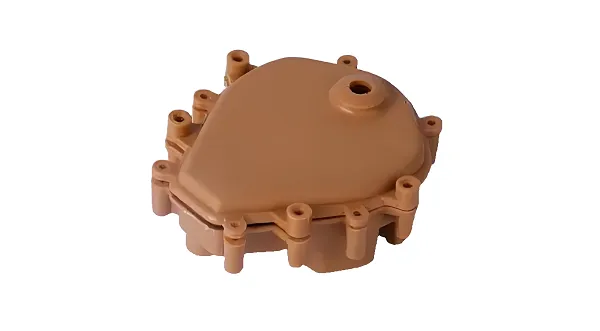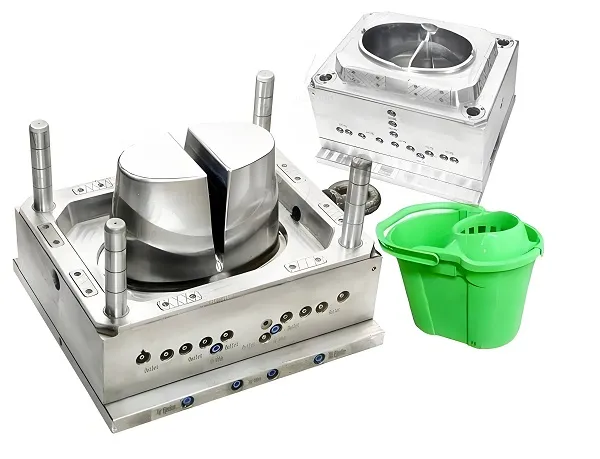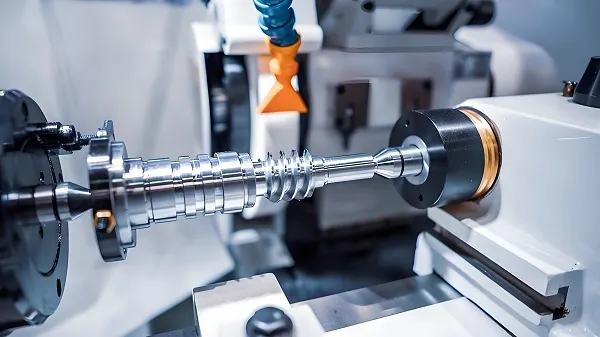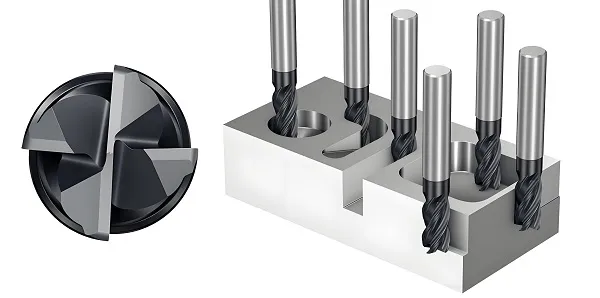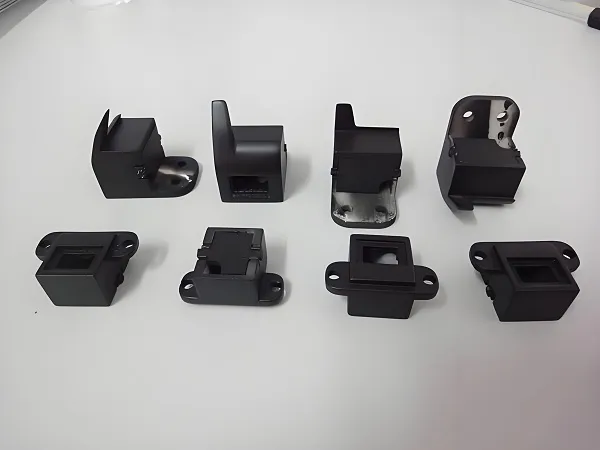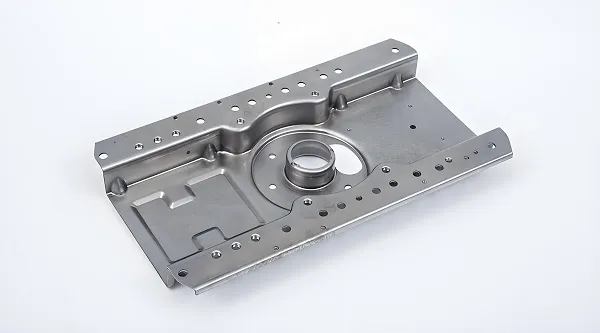A thermoformed part is a part that is formed by heating a material to its softening point, then molded using a die, and finally cooled and cured to the desired shape and size. This process is widely used in automotive, aerospace, electronics, and medical applications to produce parts of various complex shapes and structures. Thermoformed parts are favored for their high strength, high precision and good surface quality.

1.Thermoforming parts production process
Material Preparation: Select suitable thermoplastic material, such as steel plate, plastic plate, etc., to ensure that the material meets the design requirements.
Heating: Heat the material to its plasticizing temperature, so that the material becomes soft and easy to shape.
Shaping: Mold the heated material to form the desired shape and size.
Cooling: The molded part is rapidly cooled to cure it and maintain the desired shape and size.
Post-processing: Cutting, trimming and other post-processing of the cooled parts to meet the design requirements.
2.Customization of thermoforming parts
Demand analysis: Communicate with customers to understand the use environment, performance requirements, size and shape of the parts.
Material Selection: Select the appropriate thermoplastic material based on the results of the demand analysis.
Mold design: Design and manufacture the mold according to the shape and size of the part.
Process Optimization: Optimize the thermoforming process parameters according to the material properties and mold design to ensure the quality and performance of the part.
Mass Production: Under the optimized process parameters, mass production is carried out to ensure the consistency and stability of the parts.
3. Introduction of thermoforming component materials
Steel plate:
High strength: high yield degree, able to withstand large mechanical stress.
Good plasticity: easy to mold, suitable for a variety of complex shapes.
Excellent corrosion resistance: After special treatment, it can resist the erosion of harsh environment.
Polypropylene (PP):
Low density: lightweight, easy to transport and install.
Excellent chemical resistance: resistant to a wide range of chemicals.
Good thermal stability: maintains stable performance at high temperatures.
Polycarbonate (PC):
High strength: excellent impact resistance.
High transparency: able to maintain good transparency, suitable for optical components.
High temperature resistance: able to maintain stable performance under high temperature environment.
Aluminum Alloy:
Lightweight and high strength: low density but high strength, able to withstand large mechanical stress.
Good corrosion resistance: After anodizing and other treatments, it is able to resist the erosion of harsh environments.
Easy to process: good plasticity and ductility, easy to process into various shapes.
4. Characteristics of thermoformed parts made of different materials
| Product | Density (g/cm³) | Tensile Strength (MPa) | Hardness (HB/RB/HRC) * | Heat Resistance Temperature (°C) | Corrosion Resistance |
|---|---|---|---|---|---|
| Steel Plate | 7.85 | 1000+ | N/A** | 500+ | Excellent |
| Polypropylene (PP) | 0.90-0.91 | 30-40 | N/A** | 100-120 | Good |
| Polycarbonate (PC) | 1.20-1.22 | 60-70 | N/A** | 120-130 | Good |
| Aluminum Alloy | 2.70 | 200-400 | 60-120 (typically RB or HRC for metals) | 200-300 | Excellent |
(Note: The data in the table is an approximate range, the specific value depends on the type of material and process conditions.)
Customized Thermoformed Parts FAQ
Q1: What is the lead time for customizing thermoformed parts?
A1: The custom cycle time depends on the complexity of the part, the design and manufacturing time of the mold, and the size of the production lot. In general, simple parts may take a few weeks, while complex parts may take several months.
Q2: How is the accuracy of thermoformed parts ensured?
A2: The precision of thermoformed parts mainly depends on the precision of the mold and the control of process parameters. We use advanced mold manufacturing technology and precise process control to ensure that the dimensional and shape accuracy of the part meets the design requirements.
Q3: Can thermoformed parts withstand high temperature environment?
A3: The heat resistance of thermoformed parts depends on the type of material selected and the process conditions. Some materials such as steel plates and aluminum alloys are able to maintain stable performance in high-temperature environments, while plastic materials such as polypropylene and polycarbonate need to be used at lower temperatures.
Q4: What is the corrosion resistance of thermoformed parts?
A4: The corrosion resistance of thermoformed parts depends mainly on the type of material and surface treatment process. Specially treated steel sheets and aluminum alloys have excellent corrosion resistance, while plastic materials have better resistance to specific chemicals.
In summary, custom thermoformed parts have a wide range of applications and market needs. We are committed to providing high-quality customized services to meet the various needs of our customers.

